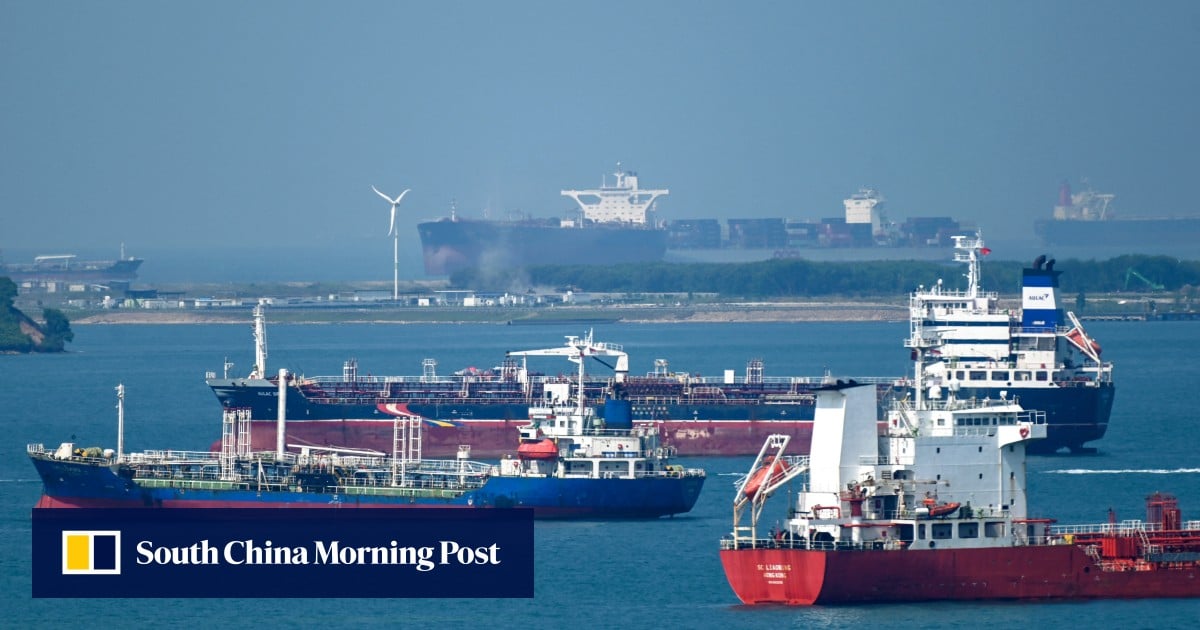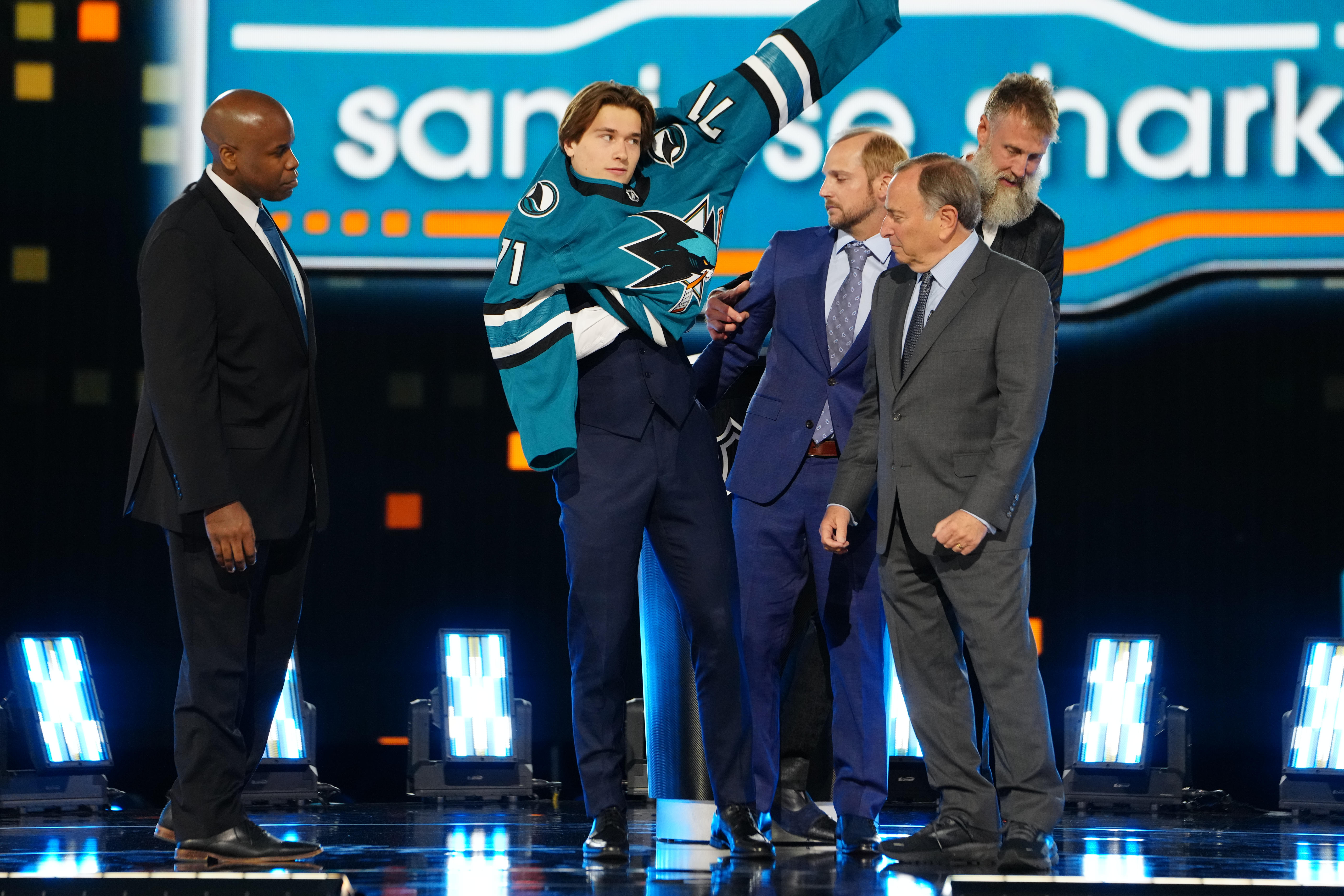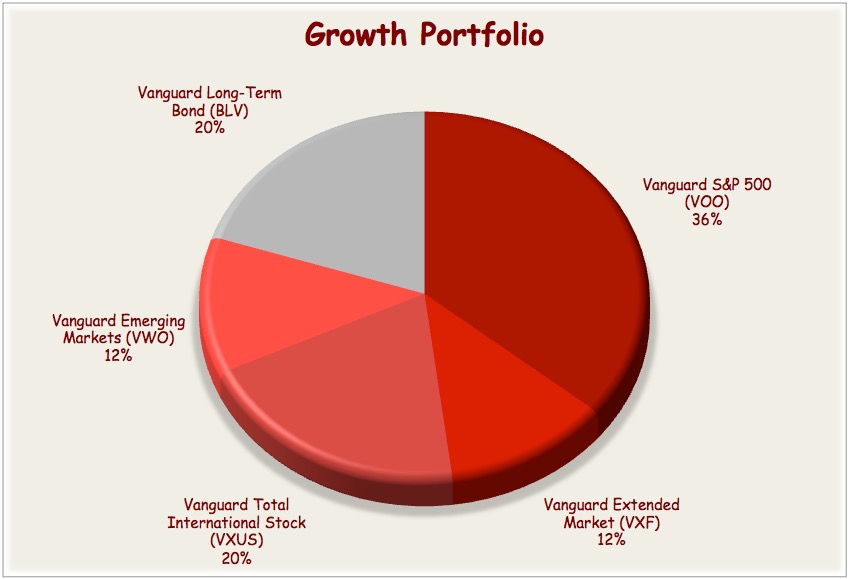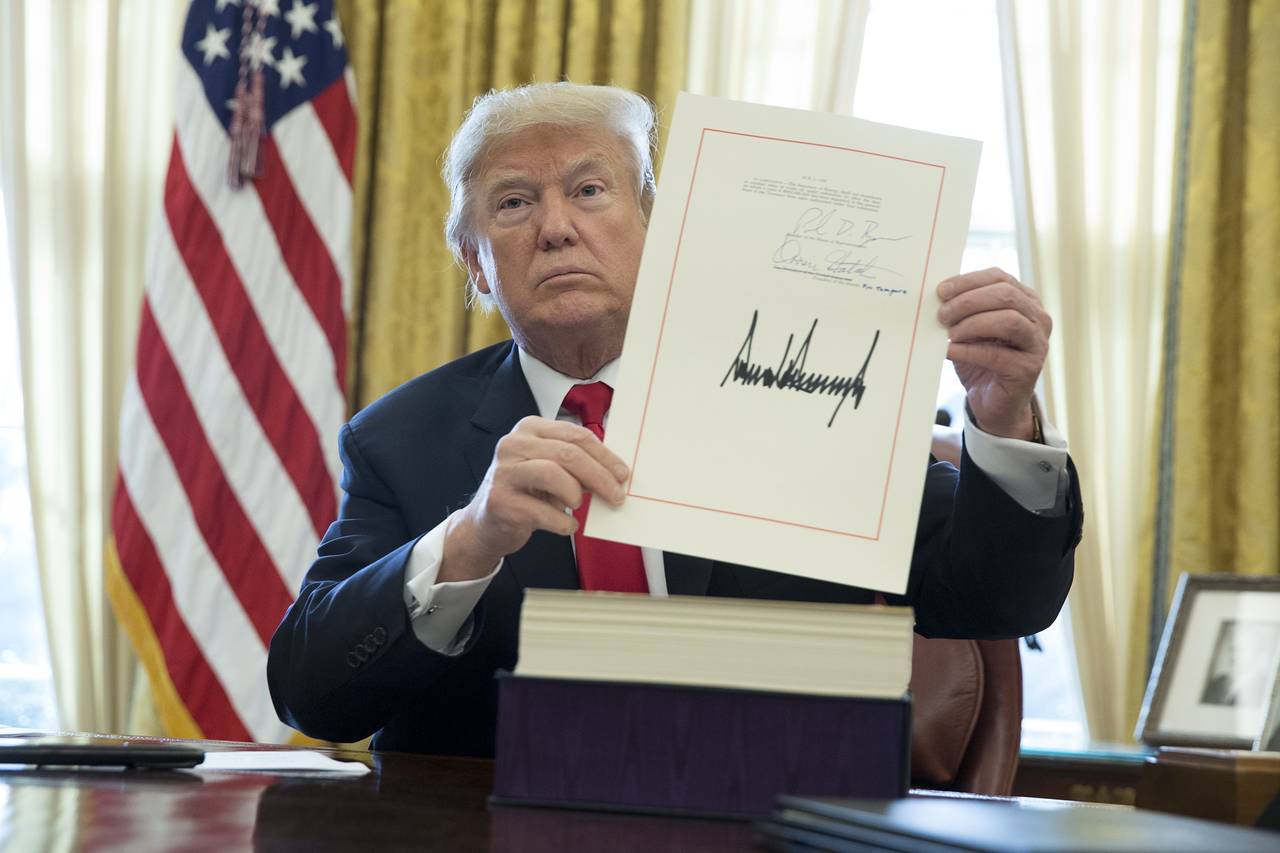Putin's Arctic Shadow Fleet: A Sudden Reawakening Fuels Speculation

Table of Contents
The Components of Putin's Arctic Shadow Fleet
Putin's Arctic military capabilities extend far beyond publicly acknowledged assets. The true extent of his Arctic Shadow Fleet is shrouded in secrecy, but analysis suggests a potent combination of advanced weaponry and infrastructure.
Submarines and Nuclear Capabilities
Russia's Arctic submarine fleet is a cornerstone of its power projection in the region. This includes nuclear-powered ballistic missile submarines (SSBNs) capable of launching nuclear warheads, and attack submarines (SSNs) designed for reconnaissance and offensive operations. These submarines possess advanced ice-breaking capabilities, allowing them to operate beneath the Arctic ice cap, effectively rendering them invisible to many detection systems.
- Specific submarine classes: Improved Borei-class SSBNs, Yasen-class SSNs, and modernized Akula-class SSNs.
- Modernization efforts: Ongoing upgrades focus on enhancing stealth, weapon systems, and ice-breaking capabilities.
- Potential for nuclear deterrence: The presence of SSBNs under the Arctic ice provides a highly survivable second-strike capability, a significant element of Russia's nuclear deterrence strategy.
Surface Vessels and Icebreakers
Beyond submarines, surface combatants play a crucial role in supporting the shadow fleet. Frigates and corvettes provide anti-submarine warfare capabilities and escort for other vessels. However, the most noteworthy component is the fleet of nuclear-powered icebreakers. These are not solely civilian vessels; their powerful ice-breaking capabilities have clear military applications.
- Types of icebreakers: Russia possesses a substantial fleet of nuclear-powered icebreakers, including the world's most powerful, the Arktika.
- Military utility: Icebreakers can create navigable channels for submarines, provide resupply access to remote bases, and facilitate the deployment of other naval assets.
- Implications of increased icebreaker construction: Russia's continued construction of nuclear-powered icebreakers strongly suggests a concerted effort to expand its military presence and control in the Arctic.
Air Power and Coastal Defenses
The shadow fleet's effectiveness is bolstered by air power and coastal defenses. Russia has deployed fighter jets, bombers, and surveillance aircraft to Arctic air bases, providing aerial reconnaissance, long-range strike capabilities, and air superiority. Coastal defense systems, including advanced missile batteries and radar installations, protect vital infrastructure and restrict access to key areas.
- Specific aircraft types: Su-35 fighter jets, Tu-95MS Bear bombers, and various airborne early warning and control aircraft.
- Range and capabilities: These aircraft expand the effective range of the fleet's operations, providing long-range surveillance and strike capabilities.
- Establishment of new air bases in the Arctic: Russia's ongoing investment in Arctic infrastructure includes the development of new air bases, enhancing its military capacity in the region.
Strategic Implications and Geopolitical Concerns
Putin's Arctic Shadow Fleet is not simply a show of force; it’s a strategic instrument with profound implications.
Resource Control and Economic Interests
The Arctic holds vast reserves of oil, gas, and minerals. The shadow fleet's activity is inextricably linked to Russia's pursuit of these resources. Control over the Arctic's natural resources provides immense economic benefits and strengthens Russia's global geopolitical standing.
- Specific resource deposits: Significant deposits of oil, gas, and rare earth minerals lie beneath the Arctic seabed.
- Potential economic value: The economic value of these resources is estimated to be in the trillions of dollars.
- Competition with other Arctic nations: Russia's actions in the Arctic are seen by other Arctic nations (Canada, US, Norway, Denmark) as a direct challenge to their own resource claims.
Northern Sea Route and Navigation
The Northern Sea Route, a shipping lane traversing the Arctic Ocean along Russia's northern coast, holds immense strategic and economic importance. Control of this route significantly shortens shipping distances between Europe and Asia. The shadow fleet plays a vital role in securing this route, potentially excluding other nations.
- Economic benefits of using the Northern Sea Route: Reduced transit times and costs for shipping goods between Europe and Asia.
- Potential challenges to other nations using the route: Russia's ability to control access to the Northern Sea Route could give it significant leverage over global trade.
- Impacts on global shipping: The increasing viability of the Northern Sea Route could significantly reshape global trade patterns.
Military Posturing and Great Power Competition
The Arctic military buildup represents a clear demonstration of Russia's growing military power and its challenge to the existing geopolitical order, particularly regarding NATO. Russia’s actions heighten tensions and increase the risk of military escalation in the region.
- Increased tensions with NATO: NATO members view Russia's activities in the Arctic with concern, leading to increased military exercises and deployments in the region.
- Potential for military escalation: The ongoing military buildup raises the risk of accidental or intentional military conflict.
- The role of international treaties and agreements in the Arctic: Existing international treaties and agreements regarding Arctic sovereignty and resource management are being tested by Russia’s actions.
Analyzing the "Shadow" Aspect and Information Gaps
Understanding Putin's Arctic Shadow Fleet is hampered by a significant lack of transparency.
Opacity of Operations and Information Control
Russia actively seeks to maintain secrecy surrounding its Arctic military activities. Tracking and monitoring the fleet is challenging due to its clandestine nature and Russia's efforts to control information.
- Limited transparency of Russian military activities: Russia's military activities in the Arctic are not always publicly disclosed.
- Difficulty in verifying information from open sources: Independent verification of information is difficult due to the lack of transparency and the prevalence of disinformation.
- The importance of satellite imagery and intelligence gathering: Satellite imagery and intelligence gathering are crucial for monitoring Russian activity in the Arctic.
The Role of Misinformation and Propaganda
Russia employs misinformation campaigns to obscure or manipulate the narrative surrounding its Arctic activities, often downplaying its military buildup or portraying its actions as purely defensive.
- Examples of Russian propaganda and misinformation regarding Arctic activities: Claims that military deployments are purely for defensive purposes or protecting Russia's sovereignty.
- The importance of critical media analysis: It is vital to analyze information about Russia's Arctic activities critically, considering the possibility of disinformation.
Conclusion
Putin's Arctic Shadow Fleet represents a significant shift in the geopolitical landscape of the Arctic. Its composition—comprising submarines, surface vessels, icebreakers, air power, and coastal defenses—demonstrates Russia's commitment to securing its interests in the region. The strategic implications, encompassing resource control, dominance of the Northern Sea Route, and increased great power competition, are profound and demand careful attention. The shadow aspect, characterized by opacity and information control, adds another layer of complexity, highlighting the challenges of monitoring and understanding Russia's Arctic ambitions. To fully grasp the implications of Putin's Arctic Shadow Fleet, continued vigilance, critical analysis of information, and close monitoring of developments in the region are essential. Stay informed about this evolving situation by following reputable news sources and in-depth analyses to better understand the implications of this burgeoning force.

Featured Posts
-
 Salman Khans R2 Crore Flop A Case Study In Bollywood Box Office Disasters
May 13, 2025
Salman Khans R2 Crore Flop A Case Study In Bollywood Box Office Disasters
May 13, 2025 -
 Islanders Lottery Victory Impact On The 2024 Nhl Draft
May 13, 2025
Islanders Lottery Victory Impact On The 2024 Nhl Draft
May 13, 2025 -
 Toronto Raptors Seventh Best Odds In Nba Draft Lottery For Rebuilding Efforts
May 13, 2025
Toronto Raptors Seventh Best Odds In Nba Draft Lottery For Rebuilding Efforts
May 13, 2025 -
 Elsbeth Season 2 Episode 15 A Disappointing Conclusion
May 13, 2025
Elsbeth Season 2 Episode 15 A Disappointing Conclusion
May 13, 2025 -
 Nhl Draft Lottery 2024 A Look At The New In Studio Draw
May 13, 2025
Nhl Draft Lottery 2024 A Look At The New In Studio Draw
May 13, 2025
Latest Posts
-
 Understanding The Semiconductor Etf Market A Look At Recent Investor Activity
May 13, 2025
Understanding The Semiconductor Etf Market A Look At Recent Investor Activity
May 13, 2025 -
 The Trump Tax Cut Bill A Breakdown Of The House Republican Plan
May 13, 2025
The Trump Tax Cut Bill A Breakdown Of The House Republican Plan
May 13, 2025 -
 Stock Market Valuation Concerns Bof As Perspective And Reassurance For Investors
May 13, 2025
Stock Market Valuation Concerns Bof As Perspective And Reassurance For Investors
May 13, 2025 -
 Analysis Of The Trump Tax Cut Bill Unveiled By House Republicans
May 13, 2025
Analysis Of The Trump Tax Cut Bill Unveiled By House Republicans
May 13, 2025 -
 Investor Behavior In Leveraged Semiconductor Etfs A Pre Surge Analysis
May 13, 2025
Investor Behavior In Leveraged Semiconductor Etfs A Pre Surge Analysis
May 13, 2025
